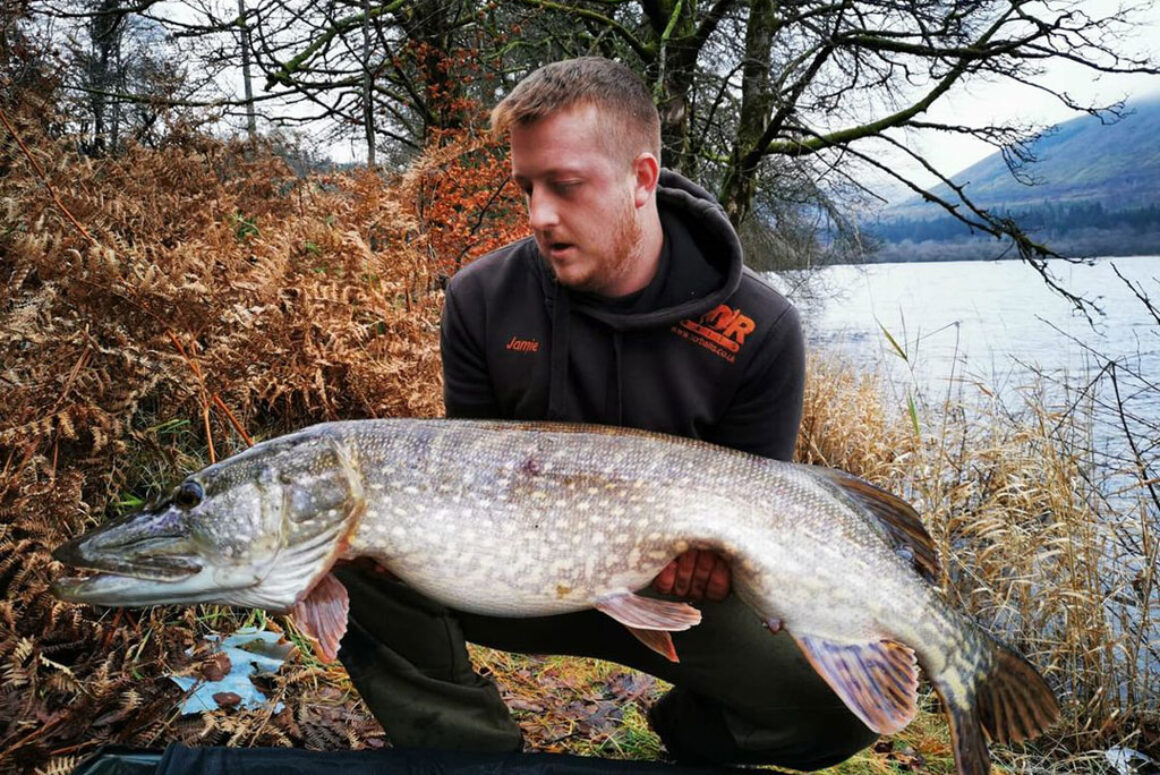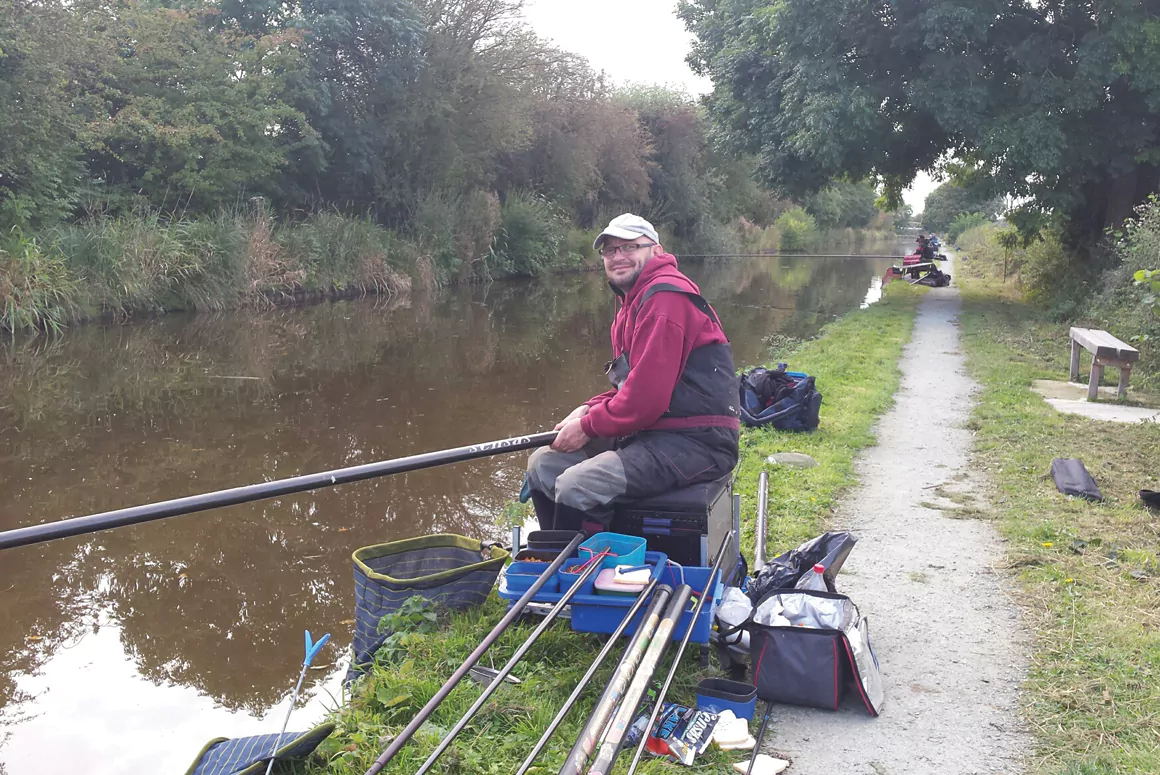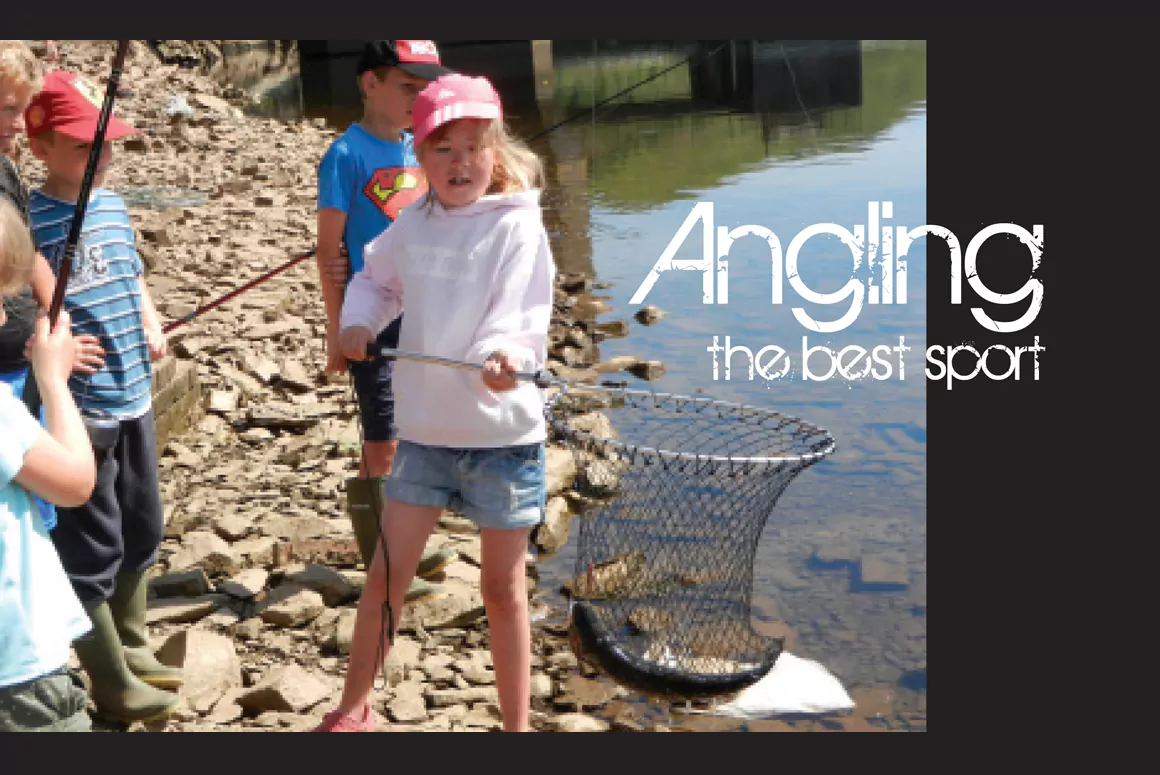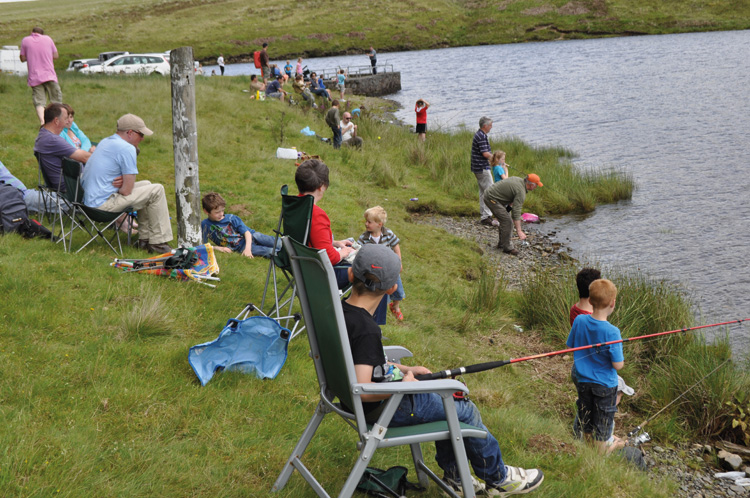![]()
Why not investigate your local river or stream, contact Affonydd Cymru? Will we ever be able to control invasive non native species?
When the salmon season ended on the 17th October surprising results have come in from all over Wales regarding the numbers that have been caught or recorded.
To give an idea. In 2019, 21 salmon and 6 sea trout were captured in the Trap at Radyr on the river Taff. The trap has not operated in 2020 but the barrage counter has shown 145 salmon have gone through. This is a substantial increase but nowhere near the count of 376 that went through Radyr fish pass in 2011. It will be some time before we know what the overall numbers will be.
The rivers Usk and Wye have also had increases in catches. However, with the lockdown travel restrictions and advice from the Welsh Government of staying local, the fishing on most of the rivers has been very light. We will never know to what extent the restrictions will have affected the number of salmon that have been recorded.
Trout fishing however has been a resounding success on most local rivers as anglers returned to fishing locally. Now final figures have come in some associations have seen substantial increases in membership. We must now hope that this trend continues into 2021.
We underestimate the value of even the smallest stream when it comes to where our brown trout breed. Even the smallest or shortest can have, especially in our urban rivers, important areas where spawning fish can lay their eggs outside the maelstrom of a flooding river. These areas are very precious in urban and semi urban rivers, especially if they do not tend to go to dry during summer.
One of the most important ways we can help migratory fish is to make sure that their journey upstream is one they can complete, to where they wish to spawn, in the quickest time possible. The reason for this is that they expend less of their valuable energy. They are in better condition when they spawn. They recover quicker and have a greater chance of survival during the month post spawning. This also applies to salmon and was recognised when the results of the inquiry into the ban on taking salmon conclude.
This has led to the Welsh Government, through Natural Resources Wales making funding available, for the Rivers Trust movement in Wales to work on projects that will improve fish passage even into our smaller important streams, as well as habitat improvement that will result in less sediment coming from agriculture into our rivers.
A major study on fish eating birds will be carried out by the British Trust for Ornithology during December 2020 to March 2021. This is in response to the findings that came out of the Bylaw inquiry in 2019. It is something that anglers have been calling for over many years. Fish stocks in many rivers have declined and are below safe biological limits. This is especially worrying in those rivers call SAC rivers where the salmon is one of the species that has made the SAC designation necessary. It is necessary to establish the risk from predation by fish-eating birds and how much of a factor this is in limiting populations or suppressing stock recovery.
A new research that has been carried out on uplands streams and this could also be the case in our urban areas, on the effect signal crayfish can have on fish populations. It shows that they can have a major impact on bottom living fish species such as bullheads and other invertebrates. Two study streams where bullheads had previously been recorded now did not contain any and the invertebrates also showed a marked change with those that were less mobile suffering a decline. The study was less definite regarding trout fry except they were less plentiful in the streams where crayfish were found. They did not appear to have an impact on larger trout. However what we can take from this is the subtle but progressive way that signal crayfish are spreading out. Some of these streams can be virtually, shall I say, undiscovered for the number of times we would visit them. This gives nature free reign and by the time we discover what is happening it is too late.
There is an increase in those interested, some for the first time, to fish for pike. This one of nature’s most formidable predators is in fact a fish that when caught needs careful handling or it may not survive. If you are taking up pike fishing please speak to an angler who is practiced in pike fishing. My local reservoir, Ponsticill has produced pike of 20lbs plus and one of 32lbs in the last two weeks. It is also a proven bream fishery.
Feature image: A pike by Jamie Black





